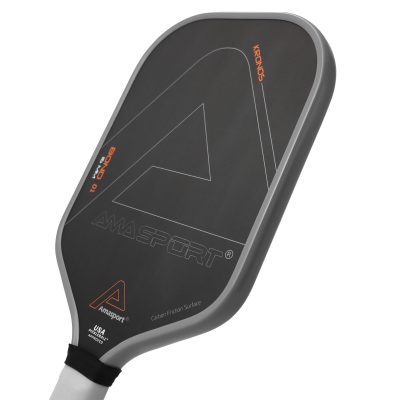The comfort and performance of socks are influenced by various factors, including materials, construction, and design. Here’s a breakdown of the science behind sock comfort and performance:
1. **Material Science**:
– **Moisture Management**: High-performance socks use moisture-wicking materials like merino wool, polyester, or nylon to pull moisture away from the skin, keeping feet dry and preventing blisters.
– **Breathability**: Breathable materials allow air to circulate around the feet, reducing heat and moisture buildup. This helps regulate temperature and prevents odor-causing bacteria from thriving.
– **Insulation**: Wool socks provide natural insulation, keeping feet warm in cold weather without overheating. Synthetic materials offer lightweight insulation and moisture-wicking properties, making them suitable for a wide range of temperatures.
2. **Construction Techniques**:
– **Seamless Design**: Socks with seamless toes minimize friction and reduce the risk of blisters and irritation.
– **Cushioning**: Strategic cushioning in key areas like the heel and toe provides shock absorption and enhances comfort during high-impact activities like running or hiking.
– **Arch Support**: Socks with built-in arch support help distribute pressure evenly across the foot, reducing fatigue and providing stability during movement.
– **Compression**: Compression socks apply graduated pressure to improve blood circulation and reduce swelling, aiding in recovery and performance during and after physical activity.
3. **Design Features**:
– **Anatomical Fit**: Socks with a contoured, anatomical fit conform to the shape of the foot, reducing bunching and improving overall comfort.
– **Reinforced Zones**: Reinforced heel and toe areas enhance durability and extend the lifespan of the socks, particularly in high-wear areas.
– **Mesh Ventilation**: Mesh panels or ventilation zones allow for increased airflow, promoting breathability and preventing overheating.
4. **Biomechanics**:
– **Impact Absorption**: Cushioned socks absorb shock and reduce impact forces on the feet and lower limbs during physical activity, helping prevent fatigue and injury.
– **Stability and Support**: Socks with arch support and compression promote proper alignment and stability, reducing the risk of overpronation or supination and associated injuries.
– **Muscle Recovery**: Compression socks aid in muscle recovery by facilitating the removal of metabolic waste products like lactic acid and promoting efficient blood flow to deliver oxygen and nutrients to tired muscles.
By understanding the science behind sock comfort and performance, manufacturers can develop innovative designs and technologies to meet the diverse needs of consumers, whether for everyday wear, athletic pursuits, or specialized activities.







